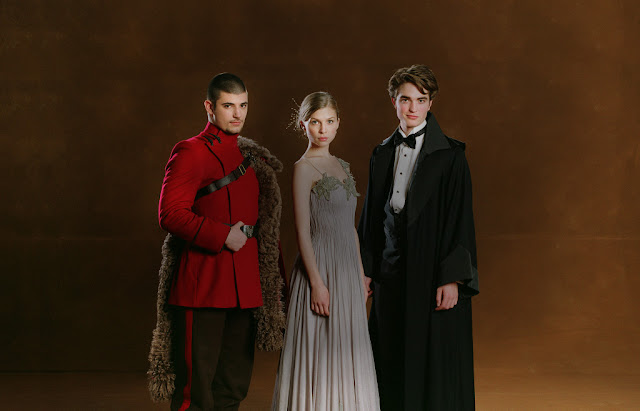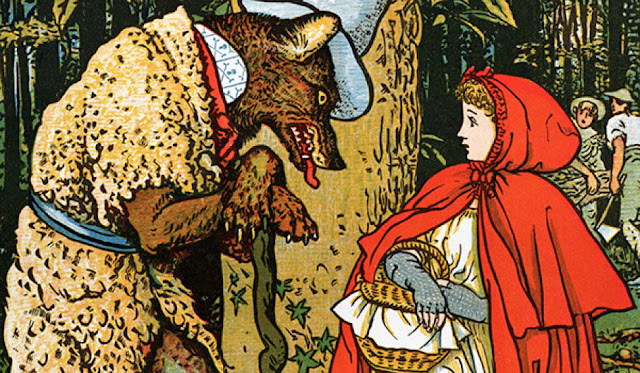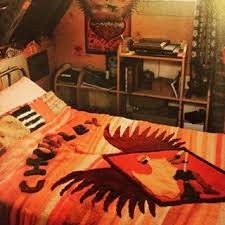Early in Harry Potter and the Chamber of Secrets , Harry visits the Weasley house for the first time. Ron’s room is covered in paraphernalia from his favorite Quidditch team, the Chudley Cannons, a name that includes a weapon. Ron is marked as a future warrior because of his proficiency at chess, but his insecurity is also showing due to his allegiance to the Cannons. This team is ninth in a league of thirteen teams, and their motto is, “Let’s all just keep our fingers crossed and hope for the best.” Quidditch and games are frequently key to this book and, as in the first book, games again segue into battles. However, the most prominent “game” this time is that the plot is shaped by one of the most famous fairy tales of all time: “Little Red Riding Hood”, which I’ll cover extensively in the next blog post. (See Quantum Harry, the Podcast, Episode 13: Deus ex Machina .) There is also a fairy tale in Deathly Hallows called “The Three Brothers”, by the wizard writer Beedle the Bard




